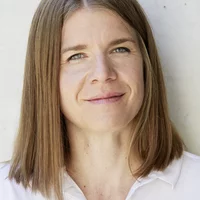As in previous expeditions, we equip our red laboratory container. We will operate around 15 different instruments to study the formation of particles, their growth, transport and transformation in the atmosphere and how the influence clouds. This time, however, the expedition is exeptionally long, 1 year, and on each of the six legs we only have one operator. Hence, detailed training is required beforehand.
Our team, Lauriane Quelévér (Univ. of Helsinki, UHel, leg 1), Ivo Beck (PSI, leg 2), Julia Schmale (PSI, leg3 ), Tiia (UHel, leg 4), Tuija Jokinen (UHel, leg 5) and Zoe Brasseur (UHel, leg 6), will cover the six legs, each of us spending two to three months on the ship and in transit. Markus (UHel) and Janne (UHel) are our back-up operators.
Equipping means a lot of tedious work. Everything needs to be fixed so it doesn’t move out of place when the ship moves over waves or breaks ice. It’s also playing a bit like Tetris, space is very limited in the container and room can be very tight between instruments, giving us barely space to move from one end to the next. The timelaps video gives you an impression of the installation work. Click here.
And then there is the training for everybody to be capable and comfortable to operate the diverse set of complex instruments. We are all specialists for some of them but not all. So we need to learn from each other how to start and shut down the instruments, what the routine checks are, how the data is supposed to look like, how to calibrate and how to trouble shoot.
From 11 to 15 June Ivo and I visited the University of Helsinki for the first part of the training school, now Lauriane, Tiia, Tuija, Zoe, Markus and Janne are visiting PSI between 22 July and 2 of August. Each day contains a set of lectures on theoretical aspects of the instruments and then long hours of hands on training. We take videos of certain procedures to create look-up libraries for the operators on board.


